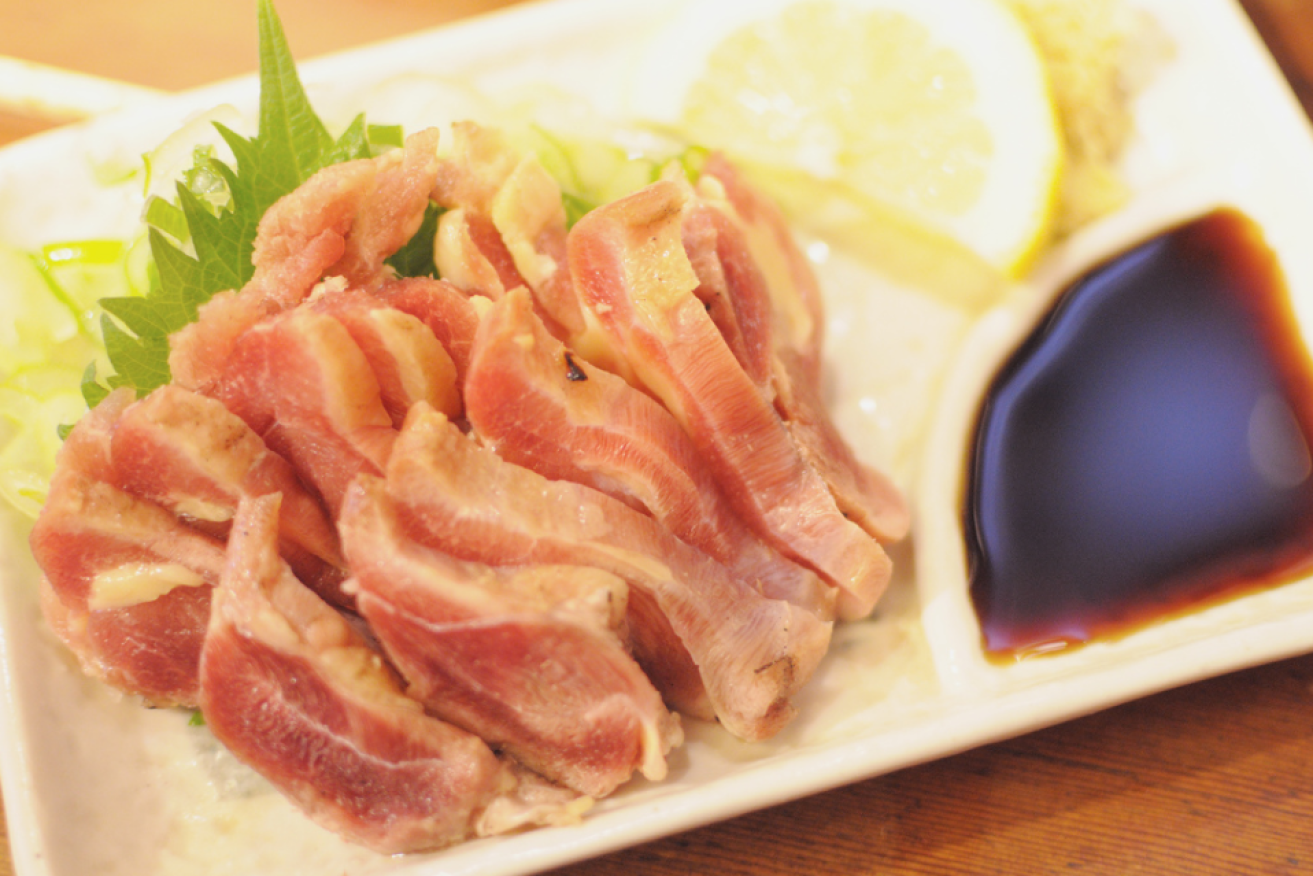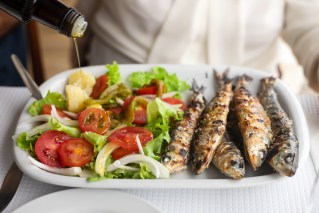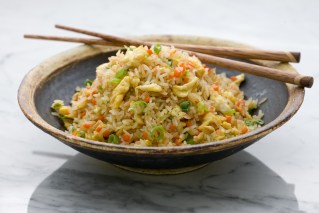Chicken sashimi, anyone? The Japanese delicacy that Australians won’t stomach


Is chicken safe to eat raw like sashimi? Photo: Flickr/Yoppy
Fresh salmon and tuna sashimi are favourites on any Japanese menu, but the idea of chicken sashimi has been difficult for Aussies to stomach.
The viral circulation of several photos of chicken sashimi dishes snapped in restaurants in Japan, has shocked Westerners who can’t help but feel queasy at the sight of raw chicken.
Australians’ appetite for sashimi — for the most part seafood — has surged over recent years with sushi and sashimi consumption estimated at more than 116 million servings every year.
But the concept of chicken sashimi appears to go against everything Aussies are told from childhood: the danger of eating raw chicken. It has led many to question whether it could ever be deemed safe to eat.
https://twitter.com/SezClom/status/905970449024114688
https://twitter.com/ChuxOnye/status/905725980421054464
Microbiology senior lecturer Dr David Bean of Federation University said chicken sashimi is a popular dish served in Japan.
It is usually served as diced or sliced chicken with garnishes and dipping sauces —as are other forms of sashimi. It may also be lightly seared.

Chicken sashimi is on the menu in certain parts of Japan. Photo: Flickr/Nekotank
Dr Bean said that when preparing any kind of sashimi (raw meat), preparation is key.
“Good sashimi restaurants use excellent logistical and supply chains which ensures the meat is handled appropriately from the abattoir [slaughterhouse] to the restaurant,” he said.
“When farmed meats are used, animals are raised with care so as to reduce the risk of the animal harbouring pathogenic bacteria, viruses and parasites.
“Animal slaughter is particularly important, as the meat can easily become contaminated during the removal of the animal’s internal organs. Carcasses need to be chilled very quickly afterwards.”
What does chicken sashimi taste like?
University of Technology Sydney’s Kate Barclay, an associate professor who researches the social aspects of fisheries, described her first experience eating chicken sashimi in Kagoshima, southern Japan, where the dish is considered a delicacy.
“It tasted like raw chicken but in a good way. Like sashimi tastes like raw fish, in a good way,” she said.
“I think we had it with some herb salt to dip it in for flavour. And it was served in a little igloo made of packed ice.
“I had no hesitations, I’d been living in Japan for a few years and tried lots of different things, and I was in a good restaurant. I did not feel at all sick afterwards.”
Is it safe to eat?
Australian National University diseases epidemiologist expert Cameron Moffatt said he believed eating raw chicken was “not safe at all”.

Most commonly seen sashimi on Australian menus are salmon and tuna. Photo: Getty
“Irrespective of the freshness of raw chicken produced in Australia, the meat will most certainly have potentially pathogenic bacteria present, most notably campylobacter but also salmonella and other bacteria,” he said.
“I can’t really see any practical means of safely preparing this dish if the intention is for it to be served and eaten raw. To remove the risk from foodborne pathogens a ‘kill’ step — cooking — is required.”
Mr Moffatt said it was important to note that there is some difference between undercooked and raw chicken.
“In my opinion, the risk from undercooked chicken is overstated while the risk from eating raw chicken cannot be ignored,” he said.
“It’s possible the supply and production of chicken specific for sashimi differs markedly (in Japan) to Australian meat chicken production.”
Australian Chicken Meat Federation’s Dr Kylie Hewson told The New Daily she was not aware of chicken sashimi being served anywhere in Australian restaurants.
She said the length of time from chicken slaughter to being packaged on the supermarket shelf is about 24 to 48 hours.
“There is risk in consuming any meat raw, but the risk is reduced if the meat is eaten very shortly after the animal has been killed and there has been no contamination of the digestive contents when being prepared,” Dr Hewson said.
“The longer the time after the chicken is killed the more time there is for bacteria to grow.
“The chicken sashimi would need to be produced from immediately slaughtered chickens, in a clean manner, at low temperatures to minimise the level of bacteria present to minimise the likelihood of getting sick, but it would still be risky.
“The safest way to eat chicken is fully cooked.”
Food Standards Australia said cases of illness from campylobacter and salmonella in Australia have almost doubled over the past 20 years.
A spokeswoman said: “50,000 cases of Campylobacter infection each year can be attributed either directly or indirectly to chicken meat.”








